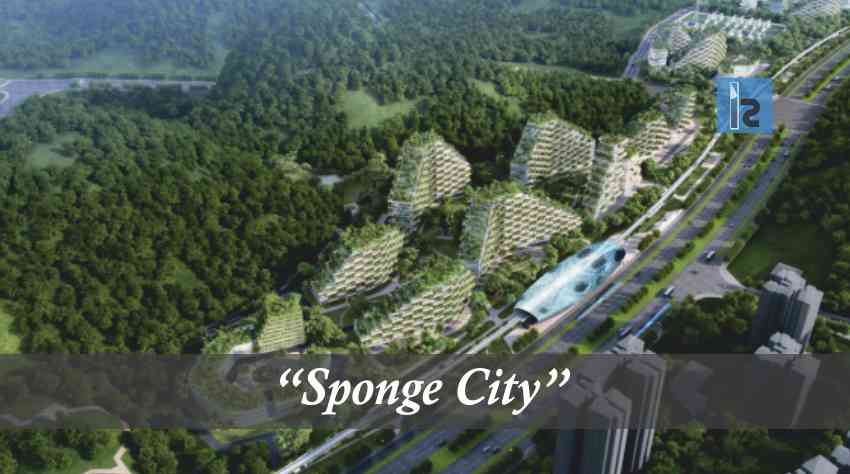Water is a precious resource and all life forms depend on it for their sustainability. But with global growth and urbanization, the resource is dwindling and depleting faster than nature can restore it. Unplanned construction, population explosion, deforestation, global warming, pollution, changes in the natural course of rivers are all reasons due to which the world is growing thirsty. Global warming has made nature erratic with floods and drought hitting earth like never before. Every year a major city is struck with urban or surface-water flooding and the instances are just increasing. A key factor in solving this problem is restoring the natural water cycle. The natural environment ensures that all the water reaching earth as rain is absorbed by the earth surface infiltrating the ground and restoring the natural water resources like ponds, wells and river. Concrete roads have ensured that this natural cycle is disrupted in a major way and a huge percentage of rainwater goes straight into the drainage. The result is water logging on the surface, runoff wastage, pollution; a break in the natural water circulation and lowering of groundwater level.
Creating Water-friendly Cities
In an effort to tackle multiple water issues in one go, the concept of Sponge City has been introduced. A Sponge City is a specially designed city that absorbs, cleans and uses rainwater in a natural and ecologically friendly way thus reducing runoffs. The city aims at resolving water problems rather than creating and exaggerating it by retaining and using most of its rainfall. Like a sponge, a city needs to absorb, filter, store and purify the rainwater. The program itself is inspired by various developmental programs like low impact development (LID), green infrastructure, sustainable drainage systems, and water sensitive urban design. Working on the cues, China has already identified 30 cities that will pioneer its Sponge City initiative with work already starting in the city of Lingang. The primary goals of China’s program are retaining seventy to eighty per cent of annual rainfall by applying green infrastructure concept using LID, minimising water logging and urban flooding, improving water quality and more.
The Techniques Involved
There are many techniques and methods involved when it comes to creating a Sponge City. It starts with developing permeable roads and pavements by using porous concrete i.e. pervious concrete or asphalt or paving stones. Rooftop gardens and rainwater harvesting is the next method involved. Instead of letting all the rainwater that falls on buildings go directly to the drain. They can be captured and put to better use by these techniques. Creating green and blue spaces in terms of ponds, lakes and wetlands, make the city more absorbing. Developing lakes and ponds at strategically defined low lying areas will help capture precious rainwater and bettering the groundwater level. Several others measures can be applied to make such cities.
The overall effect that a properly implemented Sponge City will have on the environment is more than water retention. It will help create green spaces in the city and beautify it. Green spaces and wetlands will promote bio-diversity providing habitat for a variety of flora and fauna. The better water management system will help bring down the temperatures too and reduce excessive temperatures during the summers, thus fighting climate change. The water and air pollution levels and carbon emissions will see a reduction. With such a huge task at hand, proper planning and investment are necessary. Also, creating such spaces in already developed and settled cities can either cause more and unseen issues or backfire completely Making of Sponge City needs a collaborative approach with the government, local governing bodies, scientist, industries, developers and citizens, all playing their effective part in a move that is set to benefit all. An innovative concept like this, with proper planning and implementation, can create new opportunities, well-developed water management systems, and a resilient and sustainable city.
– Sneha Sinha
Sponge City: Back to Basics for Water Management


